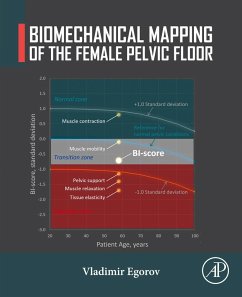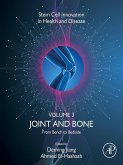Biomechanical Mapping of the Female Pelvic Floor explores new technological advances in women's healthcare intended to improve pelvic floor characterization, diagnosis and prediction of treatment outcomes. The book describes biomechanical approaches and clinical examples to demonstrate how one can evaluate the changes in the pelvic floor to gain a better understanding of an individual patient's pelvic floor dysfunctions, such as prolapse, incontinence, chronic pelvic pain, and even conditions leading to spontaneous preterm delivery and predicting maternal birth trauma.
This book is a valuable resource for researchers focused on gynecology, urogynecology or obstetrics, clinicians, graduate students and biomedical scientists and bioengineers who need to better understand the technological advances in biomechanical characterization and how they can be used not only for diagnosis but also for monitoring several OBGYN-related conditions.
- Discusses the most recent advances in the field of biomechanical characterization of soft tissues, pelvic support and function, including different applications of tactile imaging, ultrasound and magnetic resonance elastography
- Explores new diagnostic devices and techniques, mathematical models and simulations to address preoperative assessment and prediction of pelvic surgery outcomes and delivery
- Presents reviews of the results of multiple clinical studies with the biomechanical mapping of human tissues and organs to provide comprehensive information on the subject and determine future directions in the field
Dieser Download kann aus rechtlichen Gründen nur mit Rechnungsadresse in A, B, BG, CY, CZ, D, DK, EW, E, FIN, F, GR, HR, H, IRL, I, LT, L, LR, M, NL, PL, P, R, S, SLO, SK ausgeliefert werden.









